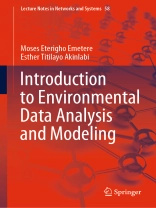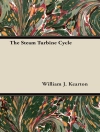This book introduces numerical methods for processing datasets which may be of any form, illustrating adequately computational resolution of environmental alongside the use of open source libraries. This book solves the challenges of misrepresentation of datasets that are relevant directly or indirectly to the research. It illustrates new ways of screening datasets or images for maximum utilization. The adoption of various numerical methods in dataset treatment would certainly create a new scientific approach. The book enlightens researchers on how to analyse measurements to ensure 100% utilization. It introduces new ways of data treatment that are based on a sound mathematical and computational approach.
Tabla de materias
Introduction to Environmental Modelling.- Introduction to Numerical Methods.- Introduction to Computational Techniques.- Big Data and Further Analysis.- Data Treatment.- Conclusion.
Sobre el autor
M.E. Emetere had his doctorate degrees in Solid State Physics (Ph D) and Atmospheric Physics (Ph D). He is faculty at Covenant University, Nigeria and a postdoctoral fellow at University of Johannesburg. He won the prestigious AU/TWAS Young Scientist National Award (Earth and Life Sciences) in 2015.
Professor Akinlabi is the Vice-Dean (Teaching and Learning) Faculty of Engineering and the Built Environment, the University of Johannesburg. Akinlabi leads and supervises a research team comprising 28 postgraduate students and seven postdoctoral fellows. She is a Y2 National Research Foundation-rated researcher and a recipient of several research grants. In 2014 Akinlabi was the recipient of the UJ Vice-Chancellor’s Distinguished Award for Innovator of the Year. In the same year she received the Excellence in Engineering and Technology in Academic Research Award at the Women in Engineering and the Built Environment Summit. She is a member of the South African Young Academy of Science and is registered with the Engineering Council of South Africa.












